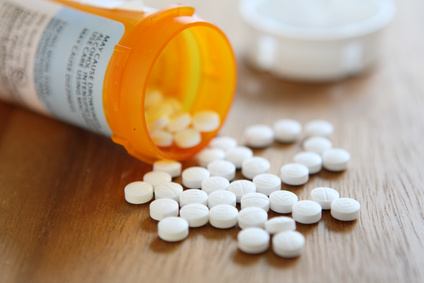Acute coronary syndromes (ACS) involve high mortality risk, especially ST elevation ACS. Their treatment is based on reperfusion, dual antiplatelet therapy (DAPT) and anticoagulation, with enoxaparin (1 mg/kg twice a day) as the preferred anticoagulant according to the contemporary guidelines.

2.5 mg or 5 mg doses of rivaroxaban might be valid alternative treatments for this disease, but we still lack conclusive data on it.
The H-REPLACE is a randomized prospective study including ACS patients with or without ST elevation or unstable angina. ST – SCA patients had been admitted more than 12 hrs. after symptom onset.
The study randomized 2046 patients. 680 received enoxaparin 1mg/kg twice a day; 683 rivaroxaban 2.5 mg; and 683 rivaroxaban 5 mg. They all received DAPT with ASA and clopidogrel.
Primary safety end point was a composite of major bleeding, clinically irrelevant bleeding, and minor bleeding as defined by the ISTH. Efficacy primary end point was MACE comprised by cardiac death, MI, repeat revascularization and stroke at 6 months.
Read also: Should We Use Drug Coated Balloons in Patients with Multivessel Disease?
There were no differences between the 3 groups, Mean age was 65.8, 70% were men, 62% presented hypertension, 59% dyslipidemia, 32% diabetes, 15% prior MI, 20% PCI or CABG, 5% stroke and creatinine clearance was 82 ml/min.
1% received CABG and 70% PCI; the transradial approach was used in 97% of cases.
Primary safety end point occurred in 46 patients (6.8%) receiving enoxaparin, 32 receiving rivaroxaban 2.5 mg (4.7%) and 36 receiving rivaroxaban 5 mg (5.3%) (non-inferiority hazard ratio [HR], 0.68; 95% CI, 0.43 to 1.07; P = .005; rivaroxaban 5 mg vs enoxaparin: non-inferiority HR, 0.88; 95% CI, 0.70 to 1.09; P = .001).
Read also: Arterial Patency in Femoropopliteal Disease with Drug-Eluting Balloons.
Efficacy end point occurred in 14 patients receiving 5 mg (2.1%) and 23 receiving enoxaparin (3.4%) reaching non-inferiority (HR, 0.60; 95% CI, 0.31-1.19, P = .02). However, this did not happen in patients receiving rivaroxaban 2.5 mg, since MACE were observed in 2.3% (non-inferiority: HR, 0.68; 95% CI, 0.36-1.30; P = .05).
There were no differences in cardiac death, MI, repeat revascularization or stroke.
Conclusion
In this equivalence and non-inferiority study, 5 mg oral rivaroxaban showed non-inferiority vs. subcutaneous enoxaparin (1 mg/kg) in ACS patients treated with DAPT during the acute phase. Study outcomes provide useful information for future randomize study design.

Dr. Carlos Fava.
Member of the Editorial Board of SOLACI.org.
Reference: Shenghua Zhou, et al. JAMA Network Open. 2023;6(2):e2255709. doi:10.1001/jamanetworkopen.2022.55709.
Subscribe to our weekly newsletter
Get the latest scientific articles on interventional cardiology





